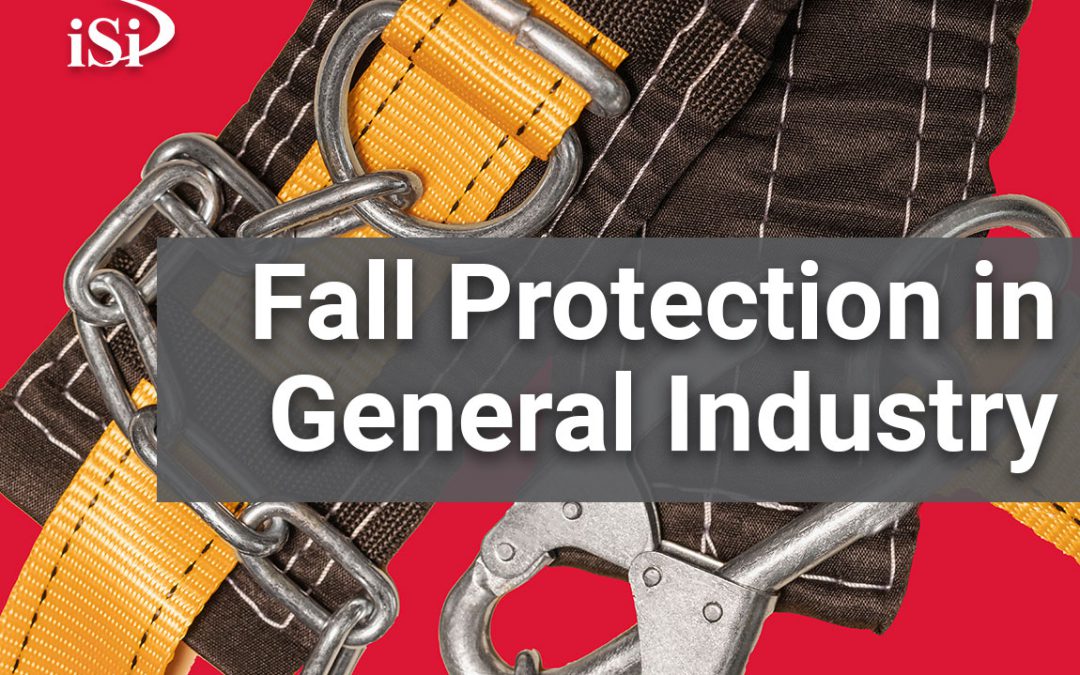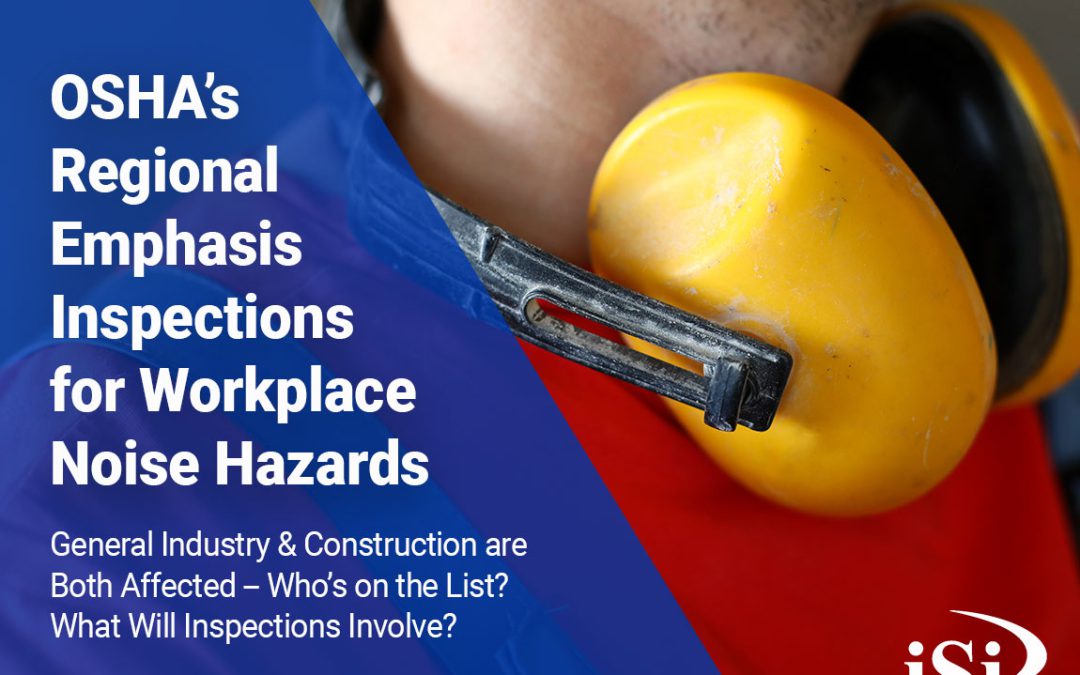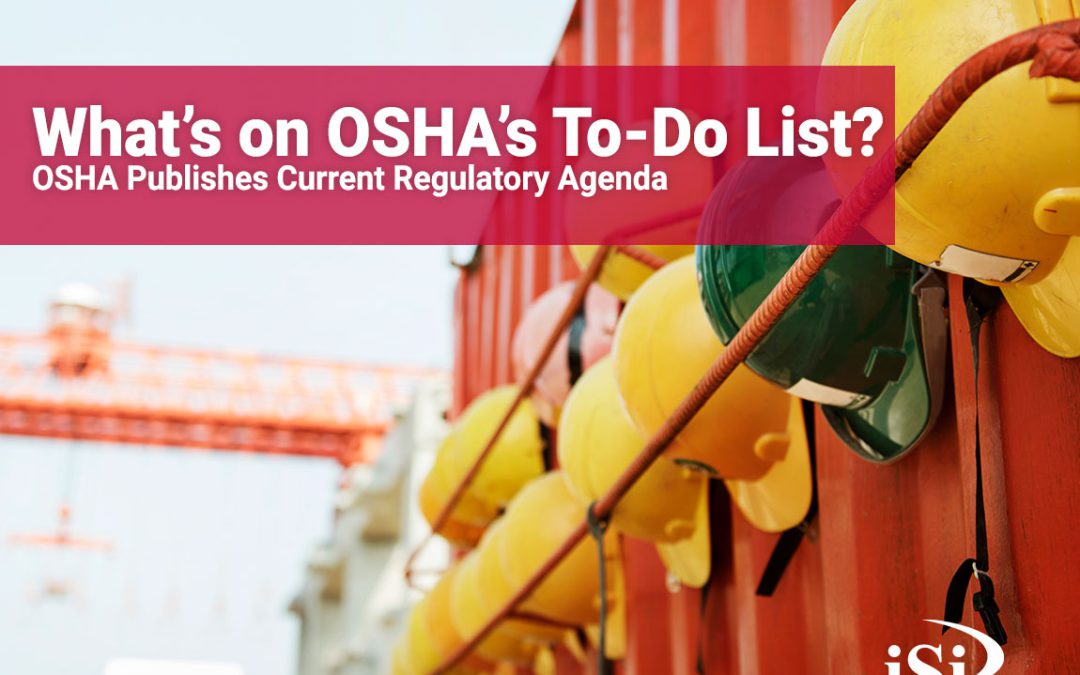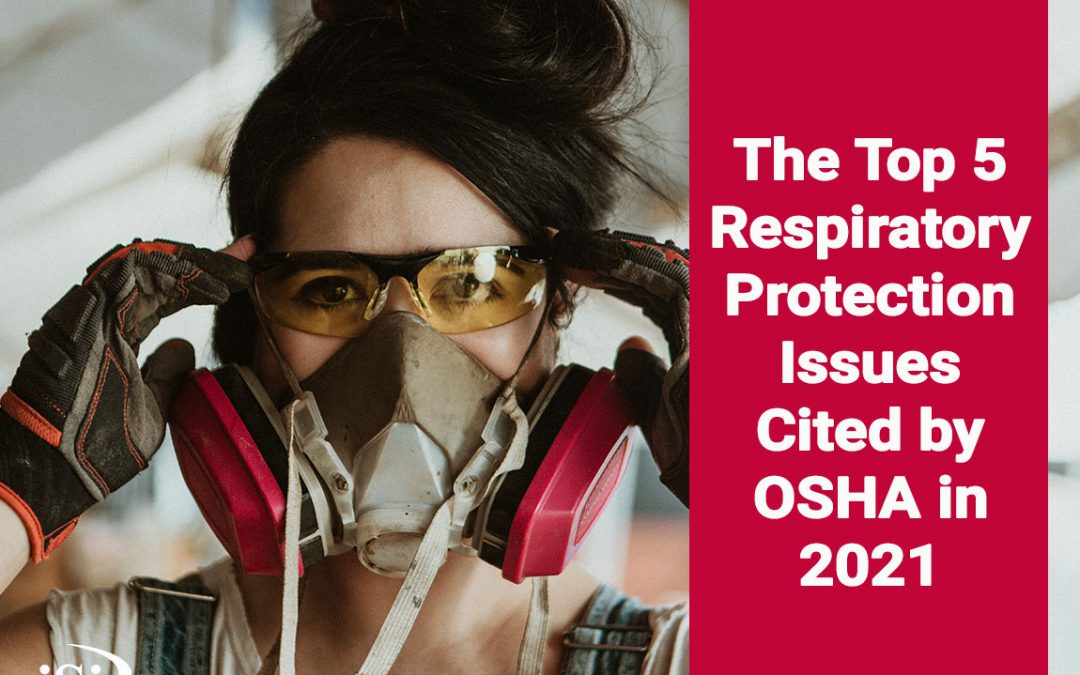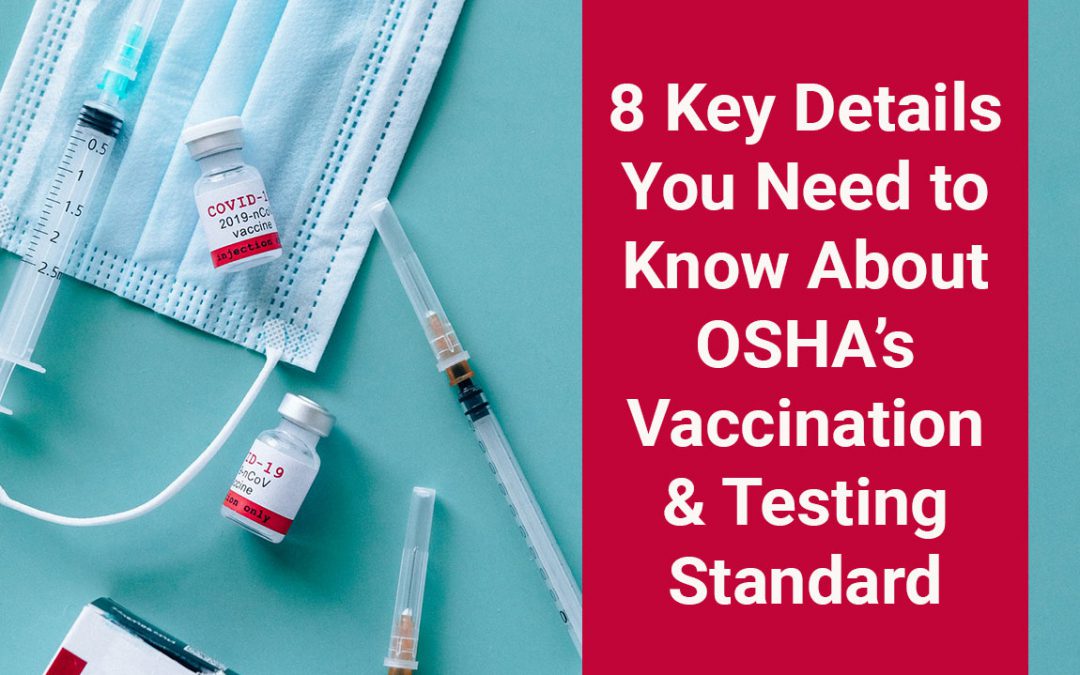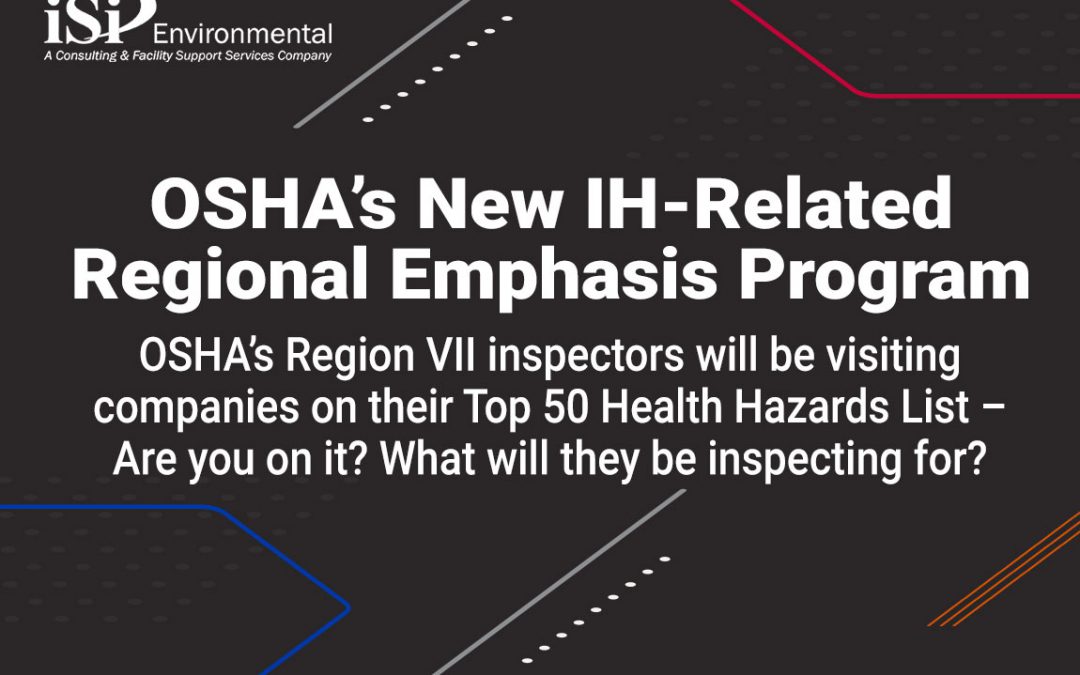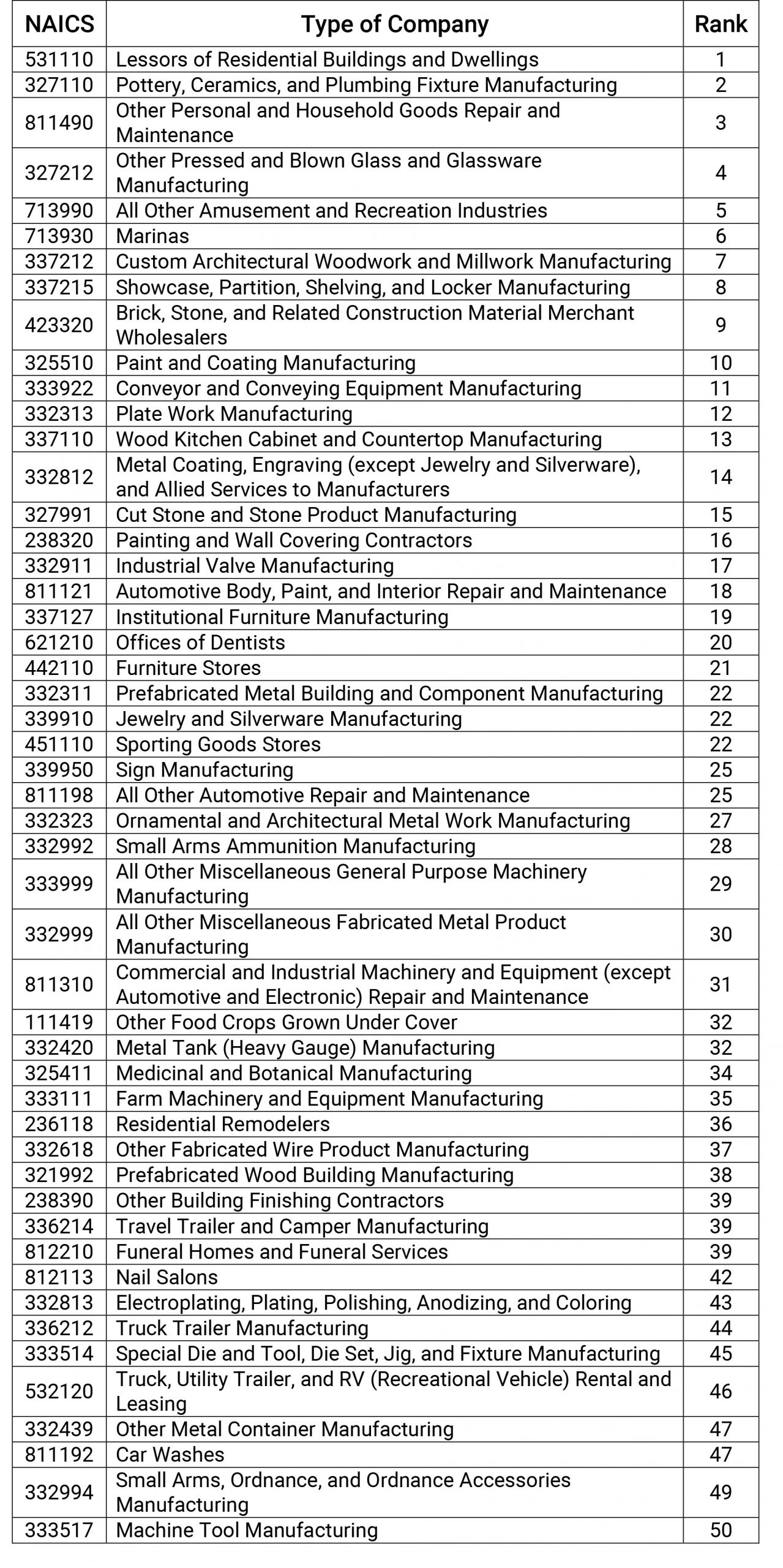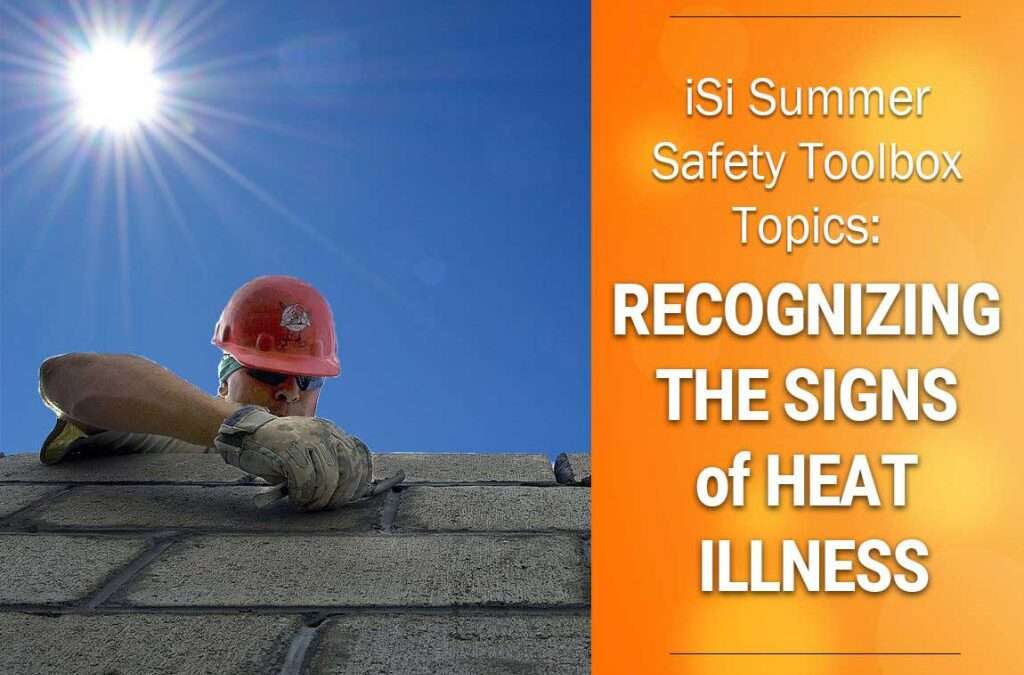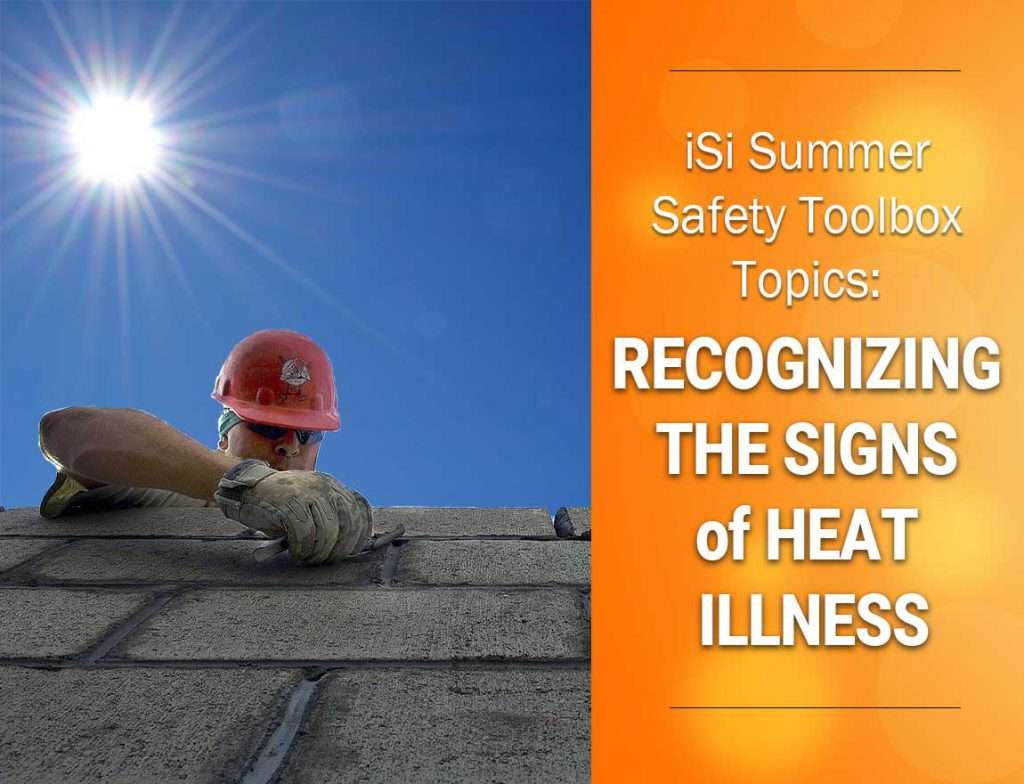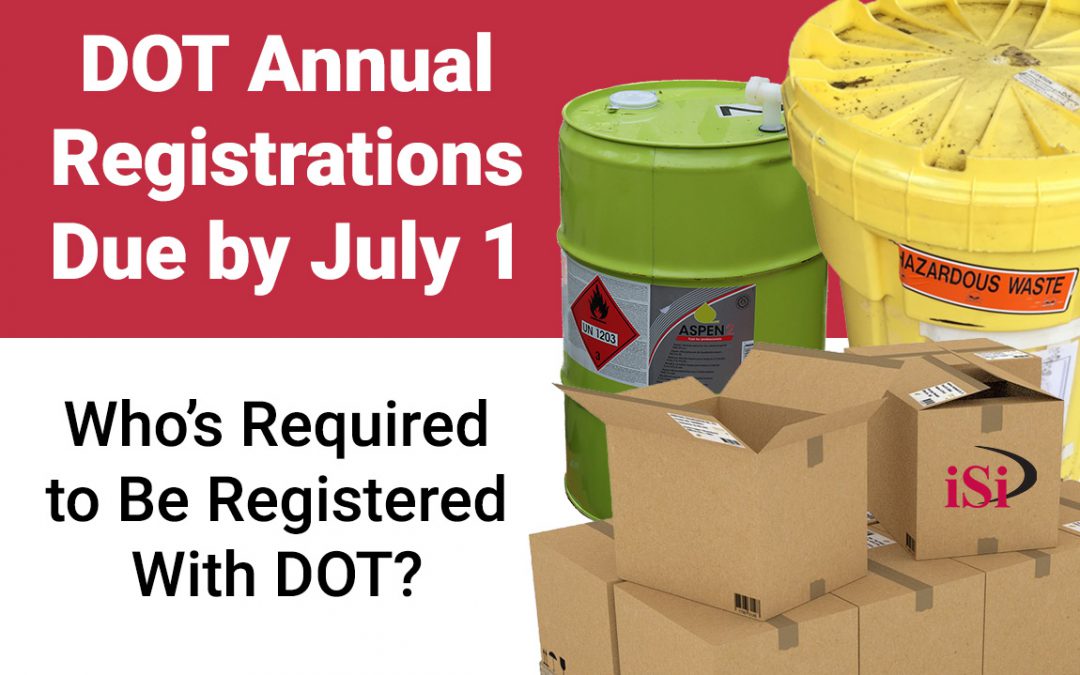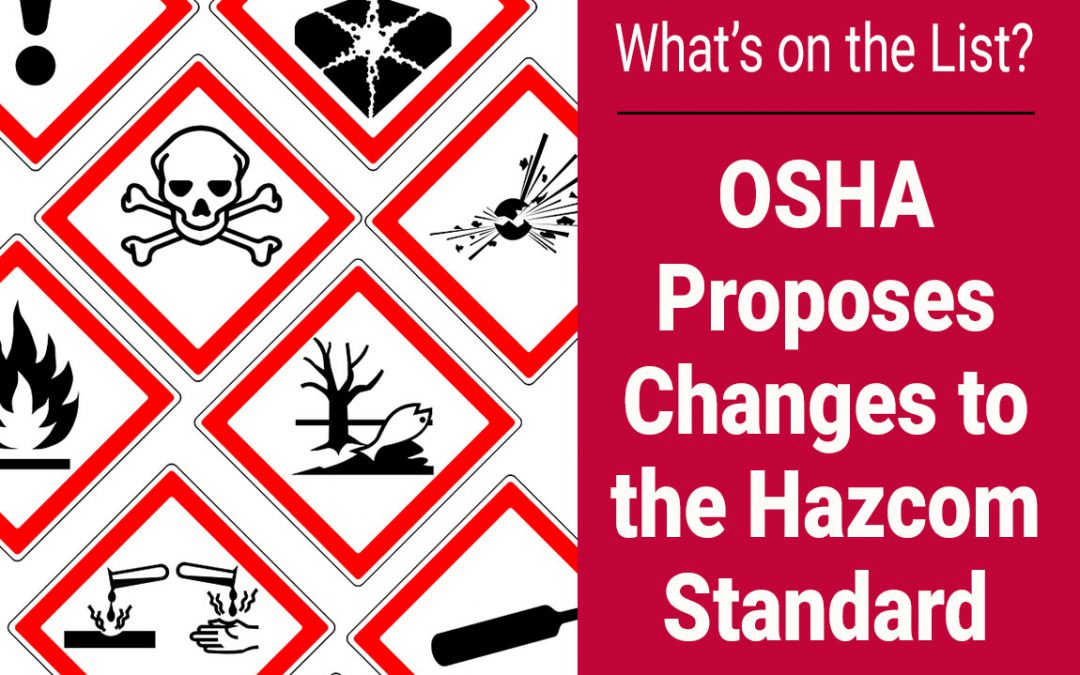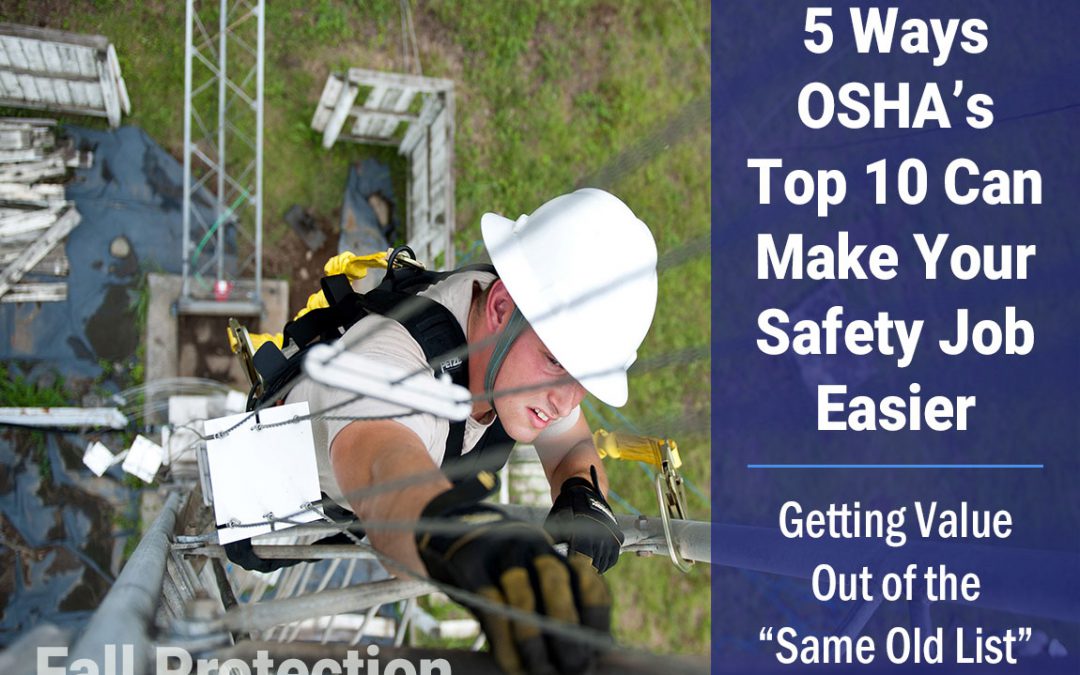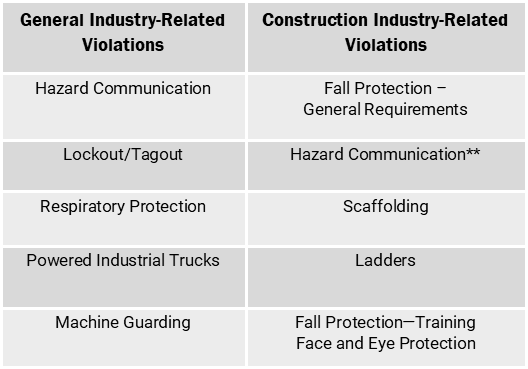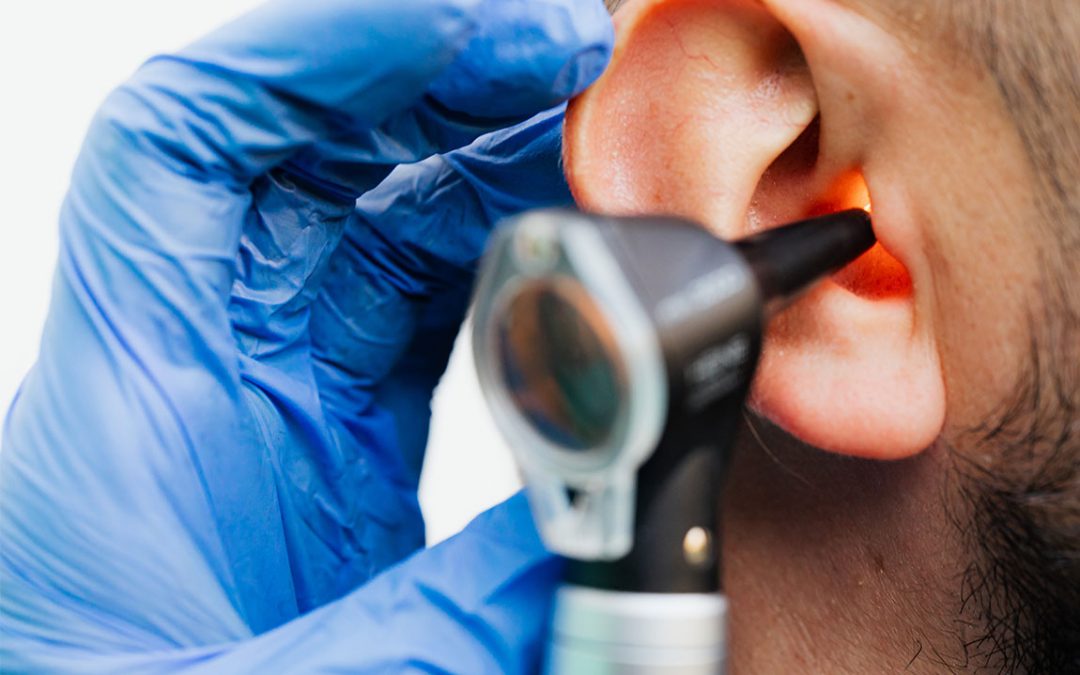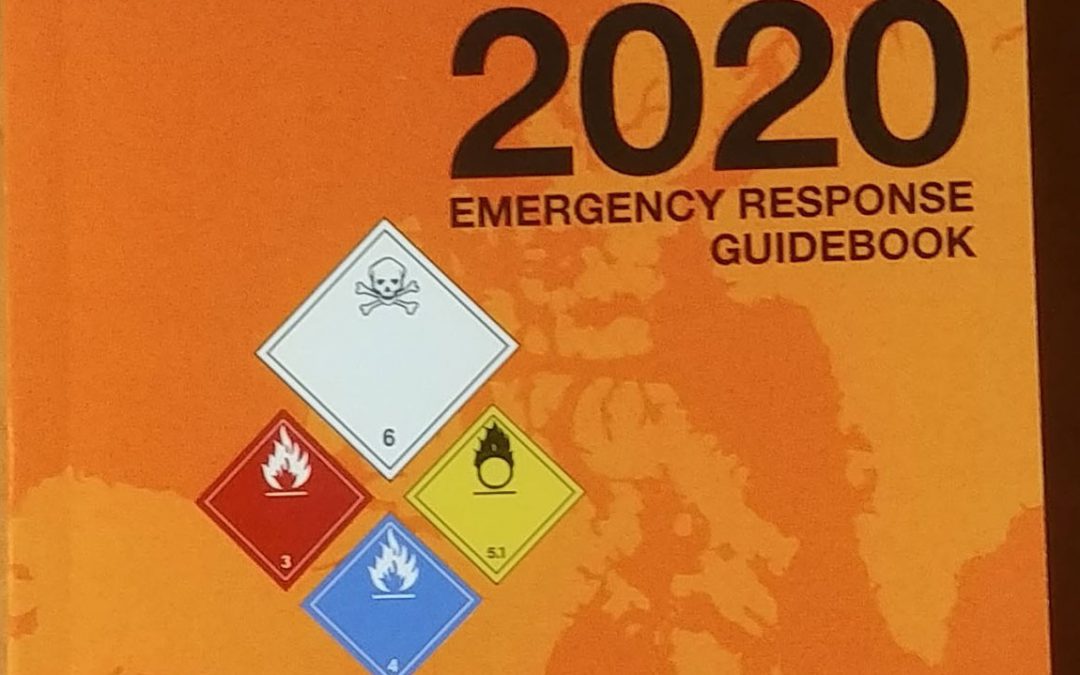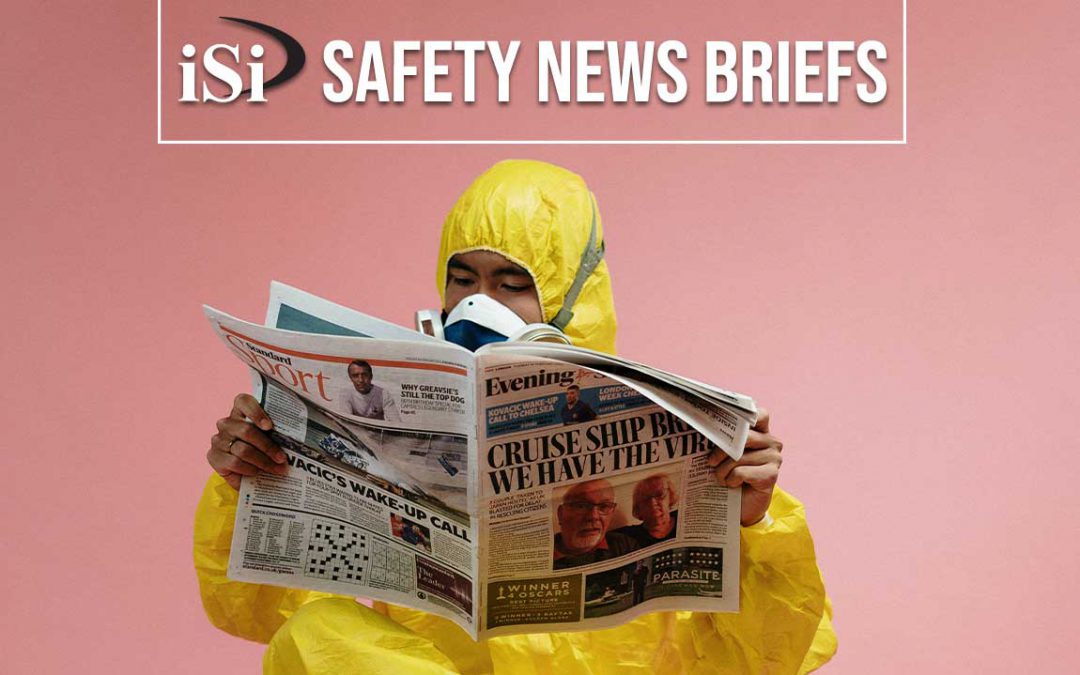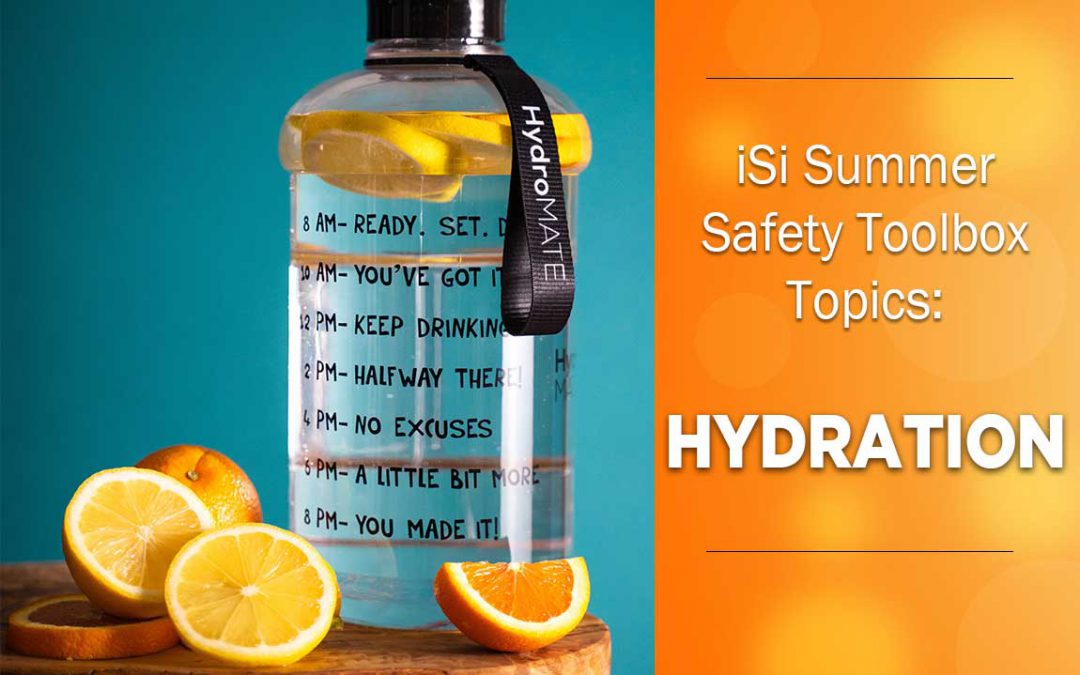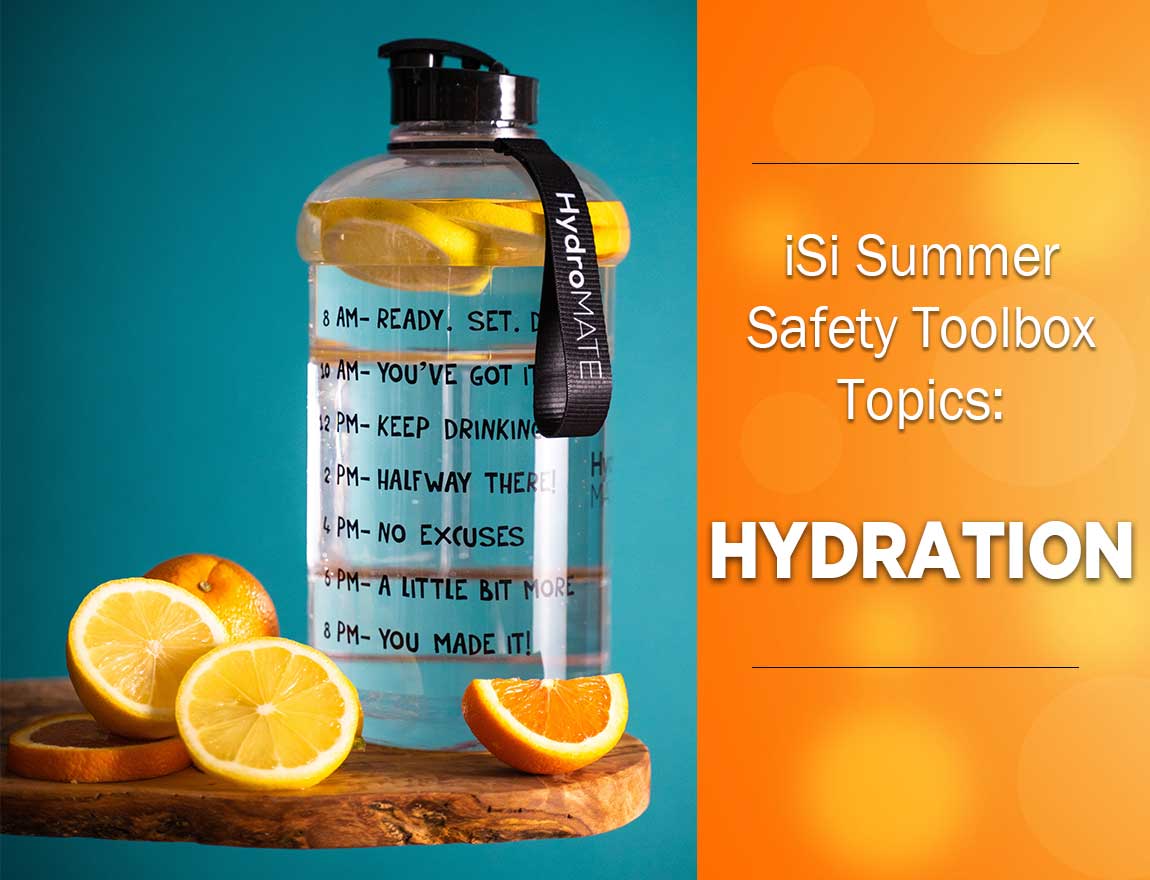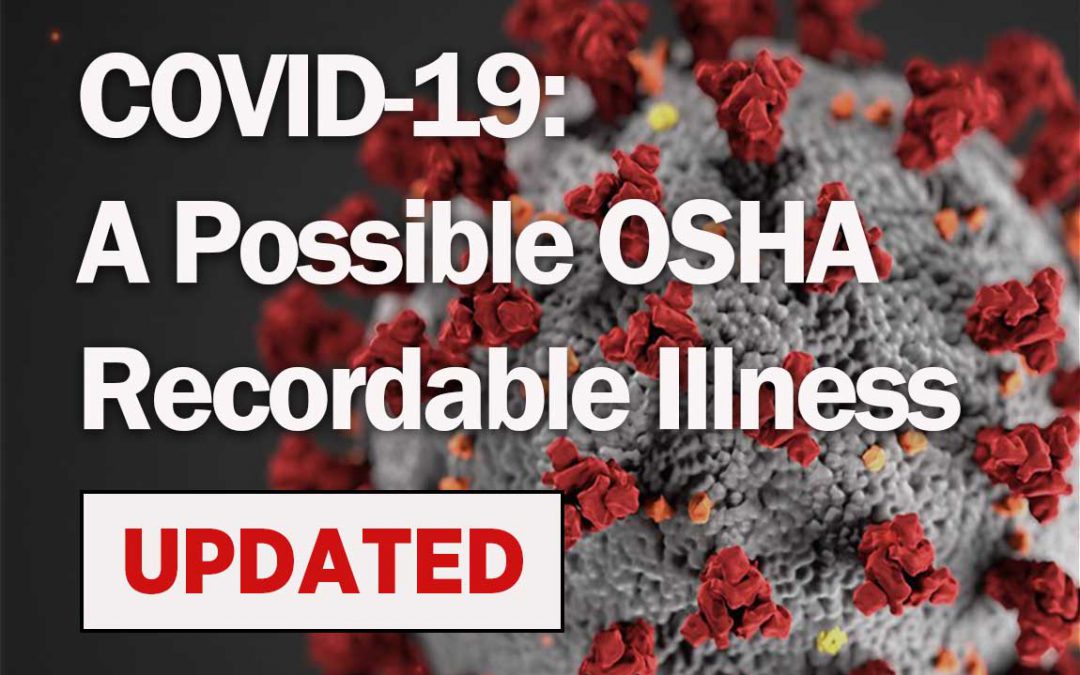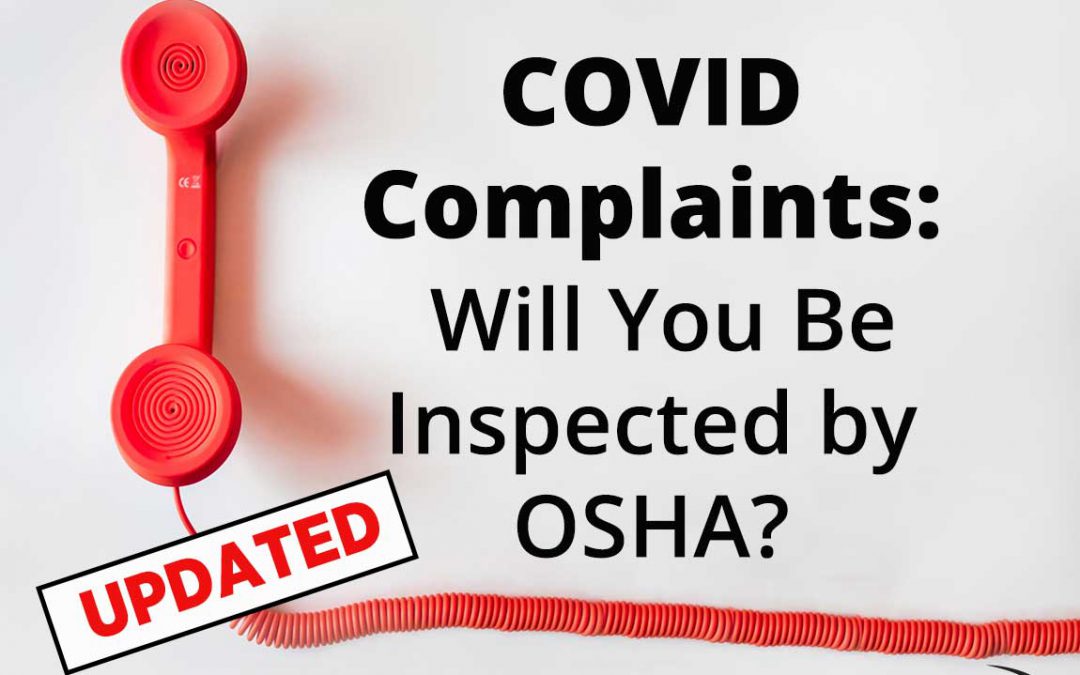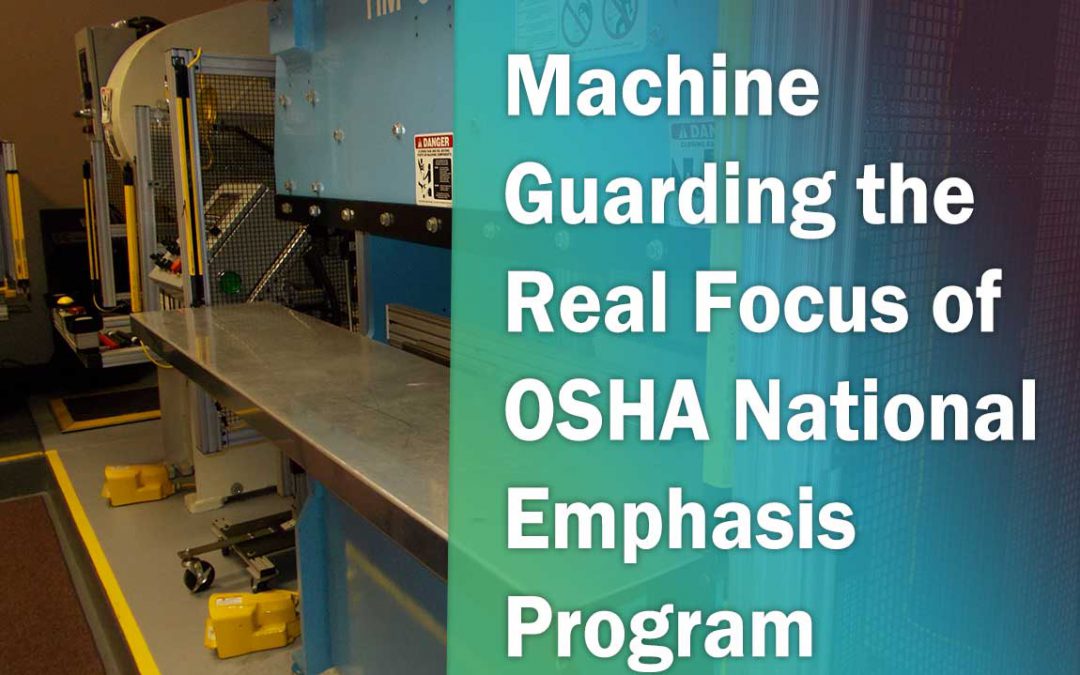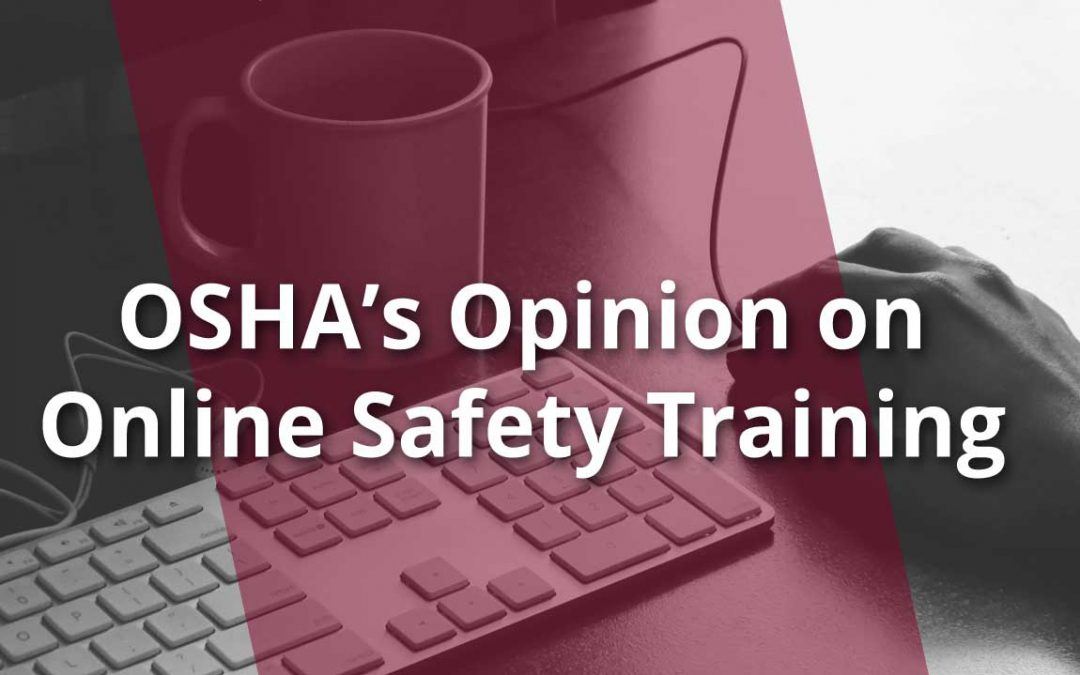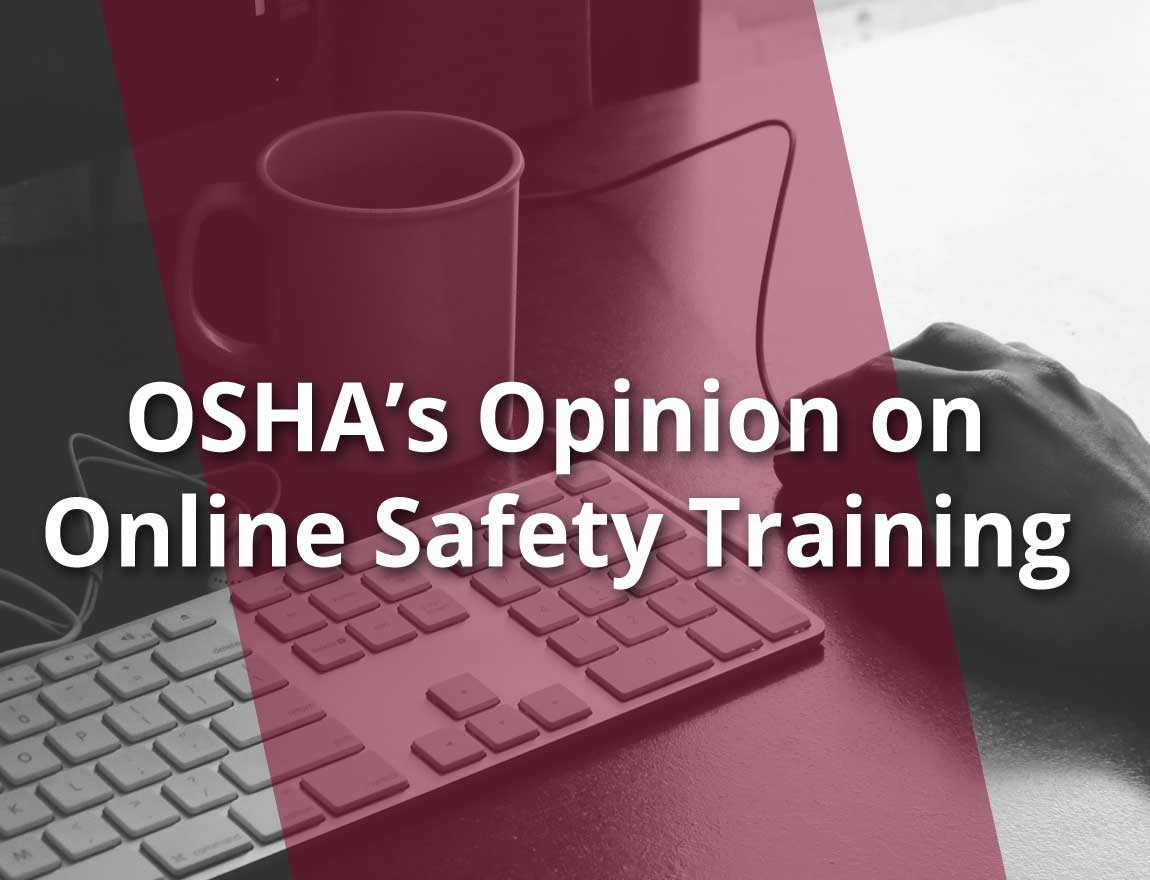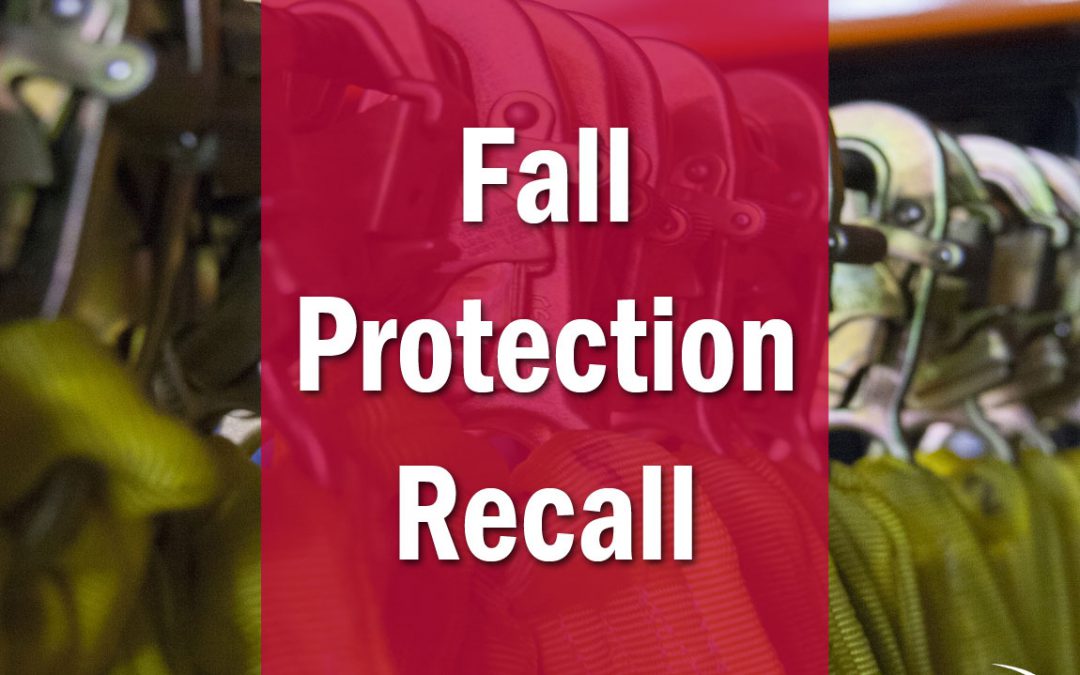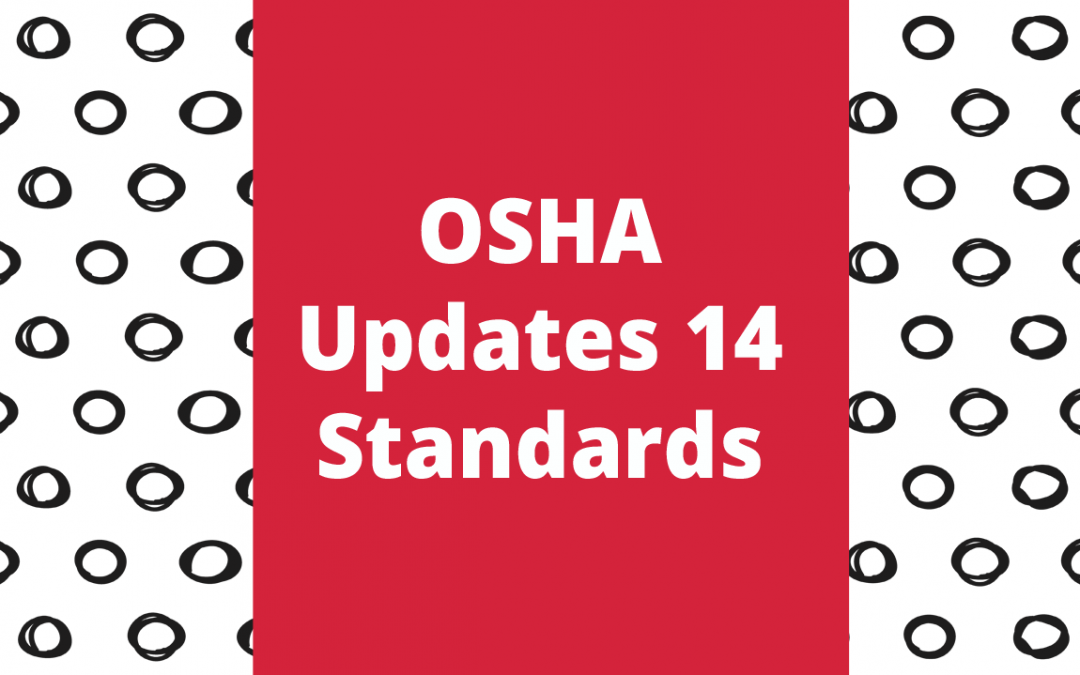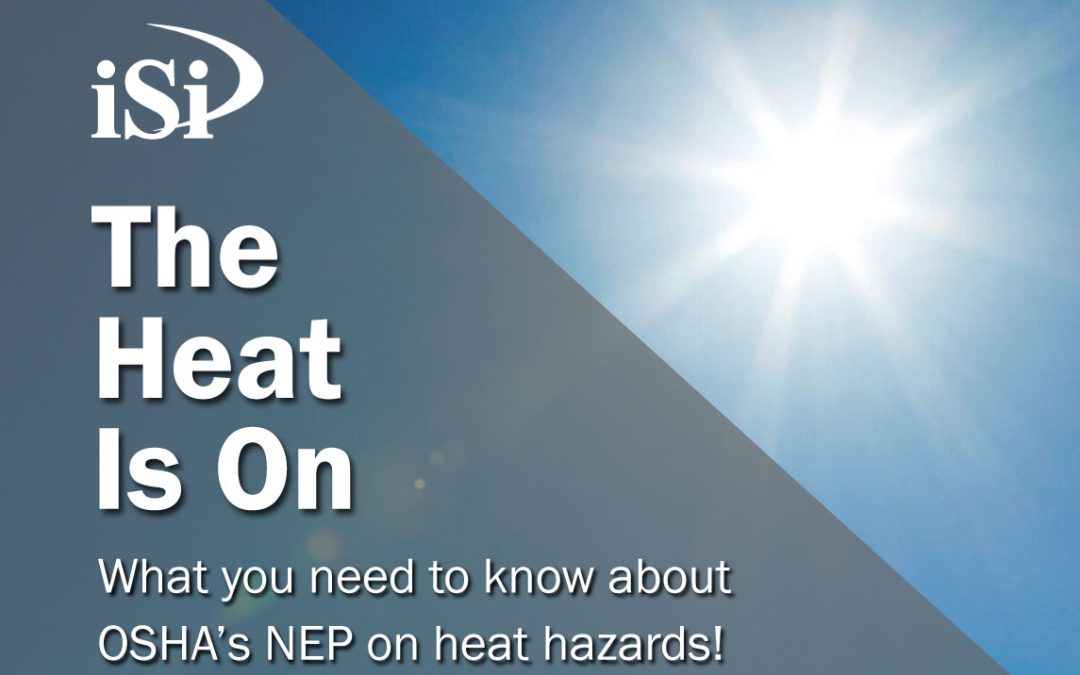
What is OSHA’s National Emphasis Program on Heat Hazards?
Are You Ready?
iSi can help you make sure you’re on the right track in getting the necessary documentation and processes in place.
Heat plays a large part in how we plan our day. We often put off work that creates heat or highly strenuous tasks to a time when the weather is more conducive to our needs. However, that cannot always be done. Sometimes a task must be done on a rigid schedule or is of an emergency nature so that work cannot be put off to a later, cooler, time of day. To that end, OSHA has developed a National Emphasis Program (NEP) to give some guidance to companies on how to work in the heat and keep employees safe.
What is OSHA’s NEP on Heat Hazards?
OSHA will conduct programmed (pre-planned) inspections in targeted high-risk industries on any day that the National Weather Service has announced a heat warning or advisory for the local area.
The NEP went effective on April 8, 2022 and will remain in effect for 3 years unless canceled or extended by a superseding directive.
The NEP establishes heat priority days when the heat index is expected to be 80 degrees Fahrenheit or higher. During these days OSHA will:
- Initiate compliance assistance in the list of targeted high-risk industries; and,
- Inspect any alleged heat-related fatality/catastrophe, complaint or referral regardless of whether the worksite is within the list of targeted high-risk industries.
What are the Targeted High-Risk Industries?
OSHA’s NEP on heat hazards targets over 70 high-risk industries based on:
- Bureau of Labor Statistics (BLS) on incidence rates of heat-related illnesses
- Elevated numbers of fatalities or hospitalizations reported to OSHA
- Highest number of heat-related General Duty Clause violations over the last 5 years
These include but are not limited to:
General Industries That are Likely to Have Heat-Related Hazards:
NAICS Code NAICS Industry Sector Title
1121 Cattle Ranching and Farming
1151 Support Activities for Crop Production
2131 Support Activities for Mining
3118 Bakeries and Tortilla Manufacturing
3211 Sawmills and Wood Preservation
3241 Petroleum and Coal Products Manufacturing
3251 Basic Chemical Manufacturing
3272 Glass and Glass Product Manufacturing
3311 Iron and Steel Mills and Ferroalloy Manufacturing
3314 Nonferrous Metal (except Aluminum) Production and Processing
3315 Foundries
3323 Architectural and Structural Metals Manufacturing
3329 Other Fabricated Metal Product Manufacturing
3361 Motor Vehicle Manufacturing
3362 Motor Vehicle Body and Trailer Manufacturing
3363 Motor Vehicle Parts Manufacturing
3364 Aerospace Product and Parts Manufacturing
3365 Railroad Rolling Stock Manufacturing
3366 Ship and Boat Building
3369 Other Transportation Equipment Manufacturing
3371 Household and Institutional Furniture and Kitchen Cabinet Manufacturing
4239 Miscellaneous Durable Goods Merchant Wholesalers
4241 Paper and Paper Product Merchant Wholesalers
4242 Drugs and Druggists’ Sundries Merchant Wholesalers
4243 Apparel, Piece Goods, and Notions Merchant Wholesalers
4244 Grocery and Related Product Merchant Wholesalers
4245 Farm Product Raw Material Merchant Wholesalers
4246 Chemical and Allied Products Merchant Wholesalers
4247 Petroleum and Petroleum Products Merchant Wholesalers
4248 Beer, Wine, and Distilled Alcoholic Beverage Merchant Wholesalers
4249 Miscellaneous Nondurable Goods Merchant Wholesalers
4413 Automotive Parts, Accessories, and Tire Stores
4442 Lawn and Garden Equipment and Supplies Stores
4881 Support Activities for Air Transportation
4882 Support Activities for Rail Transportation
4883 Support Activities for Water Transportation
4884 Support Activities for Road Transportation
4889 Other Support Activities for Transportation
4921 Couriers and Express Delivery Services
4922 Local Messengers and Local Delivery
4931 Warehousing and Storage
5311 Lessors of Real Estate
5617 Services to Buildings and Dwellings (includes landscaping services, tree removal and tree trimming services)
5621 Waste Collection
5622 Waste Treatment and Disposal
5629 Remediation and Other Waste Management Services
6231 Nursing Care Facilities (Skilled Nursing Facilities)
7211 Traveler Accommodation
8111 Automotive Repair and Maintenance
8113 Commercial and Industrial Machinery and Equipment (except Automotive and Electronic) Repair and Maintenance
8114 Personal and Household Goods Repair and Maintenance
Construction Industries That are Likely to Have Heat-Related Hazards
NAICS Code NAICS Industry Sector Title
2361 Residential Building Construction
2362 Nonresidential Building Construction
2371 Utility System Construction
2372 Land Subdivision
2373 Highway, Street, and Bridge Construction
2379 Other Heavy and Civil Engineering Construction
2381 Foundation, Structure, and Building Exterior Contractors
2382 Building Equipment Contractors
2383 Building Finishing Contractors
2389 Other Specialty Trade Contractors
Industries not Included in General Industry or Construction That are Likely to Have Heat-Related Hazards
NAICS Code NAICS Industry Sector Title
1112 Vegetable and Melon Farming
1113 Fruit and Tree Nut Farming
2213 Water, Sewage and Other Systems (may be State or local jurisdiction)
4411 Automobile Dealers
4412 Other Motor Vehicle Dealers
4821 Rail Transportation (may be Federal jurisdiction)
4885 Freight Transportation Arrangement
4911 Postal Service
5611 Office Administrative Services
5612 Facilities Support Services
5613 Employment Services
5614 Business Support Services
5616 Investigation and Security Services
5619 Other Support Services
6117 Educational Support Services
7225 Restaurants and Other Eating Places
8112 Electronic and Precision Equipment Repair and Maintenance
9281 National Security and International Affairs (includes Customs and Border Patrol, and Transportation Security Administration)
What Will the OSHA Auditors Be Inspecting When They Come to Your Facility?
During heat-related inspections, inspectors will:
- Review OSHA 300 Logs and 301 Incident Reports for any entries indicating heat-related illness(es).
- Review any records of heat-related emergency room visits and/or ambulance transport, even if hospitalizations did not occur. This may require the use of a Medical Access Order.
- Interview workers for symptoms of headache, dizziness, fainting, dehydration, or other conditions that may indicate heat-related illnesses, including both new employees and any employees who have recently returned to work.
- Determine if the employer has a heat illness and injury program addressing heat exposure, considering the following:
- Is there a written program?
- How did the employer monitor ambient temperature(s) and levels of work exertion at the worksite?
- Was there unlimited cool water that was easily accessible to the employees?
- Did the employer require additional breaks for hydration?
- Were there scheduled rest breaks?
- Was there access to a shaded or cool area?
- Did the employer provide time for acclimatization of new and returning workers?
- Was a “buddy” system in place on hot days?
- Were administrative controls used (earlier start times, and employee/job rotation) to limit heat exposures?
- Did the employer provide training on heat illness signs, how to report signs and symptoms, first aid, how to contact emergency personnel, prevention, and the importance of hydration?
- Document conditions relevant to heat-related hazards, including:
- The heat index and additional weather data from that day, e.g., heat alerts from the NWS, data from the OSHA-NIOSH Heat Safety Tool App, saving a screenshot on a mobile phone or tablet. Additional information may be needed for indoor heat investigations.
- Observe and document current conditions and those at the time the incident occurred (for unprogrammed inspections), including:
- Observed wind speed
- Relative humidity
- Dry bulb temperature at the workplace and in the shaded rest area
- Wet-bulb globe temperature at the workplace, (ensure the equipment has been properly calibrated prior to use)
- Cloud cover (no clouds, 25%, 50%, 75%, 100%)
- The existence of any heat advisories, warning or alerts the previous days
- Identify activities relevant to heat-related hazards. These can include, but are not limited to:
- Potential sources of heat-related illnesses (e.g., working in direct sunlight, a hot vehicle, or areas with hot air, near a gas engine, furnace, boiler or steam lines).
- The use of heavy or bulky clothing or equipment, including personal protective equipment.
- Estimate workload exertions by observing the types of job tasks performed by employees and whether those activities can be categorized as moderate, heavy or very heavy work, considering both average workload and peak workload.
- Duration of exposure during which a worker is continuously or repeatedly performing moderate to strenuous activities.
- OSHA believes a review of any potential heat-related hazards should be included in any programmed or unprogrammed inspection where radiant heat sources exist in indoor work areas or at outdoor work areas on heat priority days. OSHA advises inspectors to conduct compliance assistance and document it where heat-related hazards do not warrant issuing citations.
- Inspectors can use the OSHA-NIOSH Heat Safety Tool App as a resource.
How Can You Prevent Heat Illness at Work?
Dangerous heat exposure can occur indoors or outdoors, in any season. Employers can keep workers safe by following these simple safety practices:
- Follow the 20% Rule — on the 1st day, don’t allow employees to work more than 20% of a shift at full intensity in the heat. Increase their time by no more than 20% a day until they are used to working in the heat.
- Provide cool drinking water – encourage workers to drink at least one cup every 20 minutes, even if they are not thirsty.
- Rest breaks — allow workers time to recover from heat in a shady or cool location.
- Dress for the heat — have workers wear a hat and light-colored, loose fitting, breathable clothing if possible.
- Watch out for each other — encourage workers to monitor themselves and others for signs of heat illness.
- Look for any signs of heat illness, including fainting, dizziness, nausea, and muscle spasms, and act quickly — when in doubt, call 911.
- Offer training on the hazards of heat exposure and how to prevent illness.
- Develop an Emergency Action Plan on what to do if a worker shows signs of heat-related illness.
Need Help in Getting Your Documentation in Order?
Do you need assistance in developing a formal heat illness and injury program compliant with this initiative? Do you need assistance in determining your potential heat exposures? iSi can help! Contact us today!


Contributing:
Keith Reissig
Industrial Hygienist | Project Manager
Keith brings over 20 years of industrial hygiene and safety experience to iSi and its clients. An industrial hygienist, Keith jokes that he "sucks air for a living." He specializes in workplace exposure testing and sampling strategies, safety compliance, ergonomics and training in a variety of topics in both the industrial hygiene and safety field.
